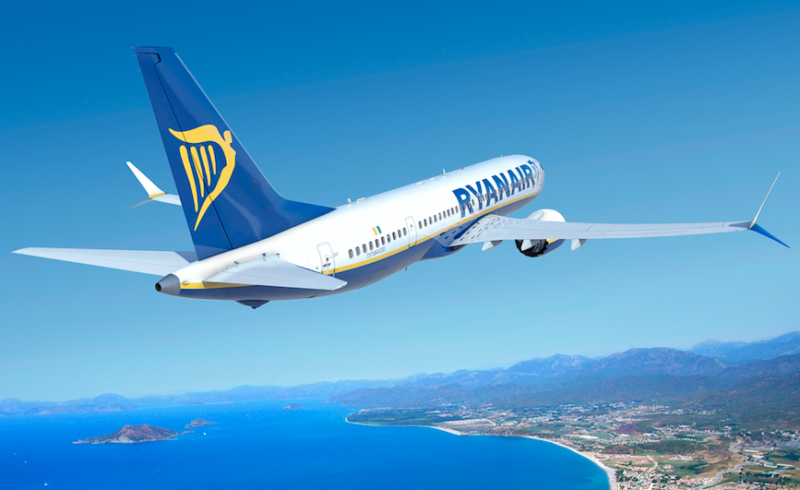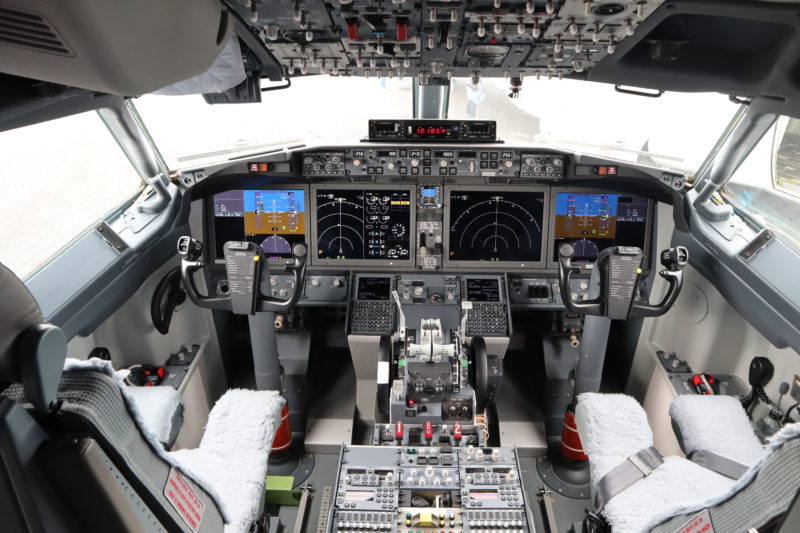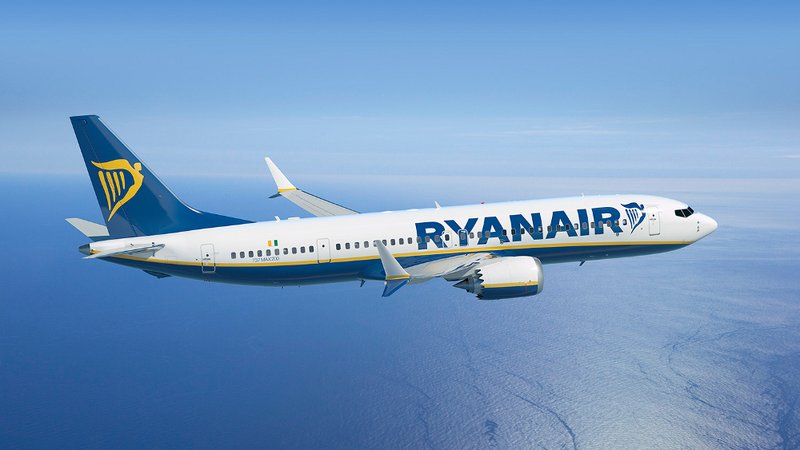The ongoing 737 MAX crisis has convinced Ryanair management to halt financial payments to Boeing and to begin talks on compensation for the delivery delays.
Chief Executive Officer Michael O’Leary has taken a pessimistic approach to the situation, stating he expects deliveries to be delayed until around March or April 2020.
Adding to this, O’Leary emphasised that he has no backup plan for a worst case scenario, which in his eyes involves a permanent grounding. Despite this, he attempted to disregard this notion by saying he doesn’t expect this to happen.
Described as the biggest operational challenge being faced by the low-cost airline, any more delays to aircraft deliveries could be seen as catastrophic. Summer flight schedules for the next year would have to be adjusted to meet the low count of new aircraft.
Further expansion of the airline has also been seriously hindered by the crisis, leading to a nervous environment where the financial work is concerned.

For employees, this impact is far more personal; more delays could see additional job cuts, including those involved in piloting and maintaining aircraft and looking after customers.
The potential job cut figure currently sits around 500 to 700 people, with O’Leary noting that the airline has 500 surplus pilots.
Ryanair has 135 737 MAX’s on order, with a list price value of $16 billion. The dense version of the 737 MAX 8, dubbed the 737 MAX 8 200, was scheduled to be delivered earlier this year, however certification delays and the grounding situation has got in the way.
What really caught the attention of the world’s media was the attempted, unofficial, renaming of the 737 MAX 8 200 to the 737-8200, which you can read about here:
Initial plans had the airline aiming for 58 737 MAX aircraft in service by the summer of 2020, however this is no longer a real option.
As a result of the major schedule reshuffle and the expected delays, Ryanair has warned it could lose some significant European bases and be forced to scale down others.
The United States Federal Aviation Administration (FAA) and the European Aviation Safety Agency (EASA) are working together to launch the 737 MAX into the skies again, however disagreements are getting in the way.
O’Leary believes that it is clear that Boeing is more focused on addressing concerns with the FAA. Regulators around the world are all able to determine whether the aircraft enters service or not and do not have to follow the footsteps of the FAA or EASA.
With this in mind, some regulators have requested they perform their own testing of the aircraft, to truly see for themselves how the aircraft has been fixed.
Both Indian authorities and EASA plan on conducting their own test flights, in both simulators and real aircraft, to assess the revised Manoeuvring Characteristics Augmentation System (MCAS) that is believed to have contributed to the loss of two 737 MAX 8 aircraft.

If regulators can not all agree at once, Boeing will implement a phased introduction campaign that will see the aircraft enter service in groups where applicable.
Killing 346 people, the 737 MAX has been subject to an insane amount of attention from: the media, airlines, regulators and even criminal investigations.
Even when Boeing can assure the world that the aircraft is safe to fly, the scars and the bruises will remain and the 346 people will still be deceased.
How are you feeling about the 737 MAX situation?




